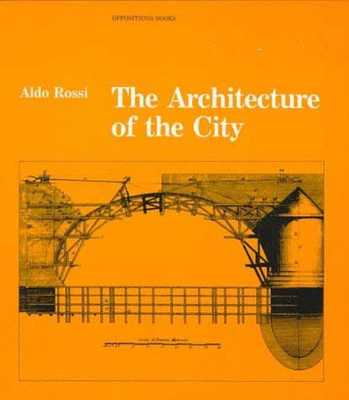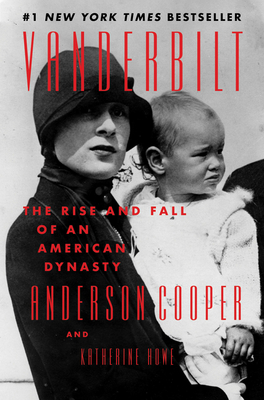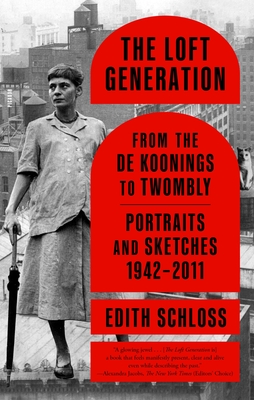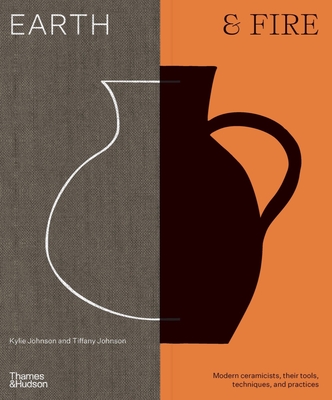
The Architecture of the City (Oppositions Books)
Description
Aldo Rossi was a practicing architect and leader of the Italian architectural movement La Tendenza and one of the most influential theorists of the twentieth century. The Architecture of the City is his major work of architectural and urban theory. In part a protest against functionalism and the Modern Movement, in part an attempt to restore the craft of architecture to its position as the only valid object of architectural study, and in part an analysis of the rules and forms of the city's construction, the book has become immensely popular among architects and design students.
About the Author
Aldo Rossi was an Italian architect and architecture theorist and the author of The Architecture of the City (MIT Press, 1984) and other books. He was awarded the Pritzker Architecture Prize in 1990.
Joan Ockman is an architecture educator, historian, writer, and editor. Among the books she has edited are Architecture Culture 1943–1968, The Pragmatist Imagination, and Out of Ground Zero.
Praise for The Architecture of the City (Oppositions Books)
Written 17 years ago, at a time when the Italian student movement had just begun and interdisciplinary design methodologies enjoyed popularity, [The Architecture of the City ] was one of the first major reassessments of the Modern Movement. In contrast to Robert Venturi's Complexity and Contradiction in Architecture, appearing in the same year, Rossi's critique focuses not on the sterility of forms or the rejection of stylistic imagery in modern architecture, but rather, as the title suggests, on the neglect and destruction of the city, the repository of 'the collective memory of man.' Perhaps most important to Americans, who face a resurgence of idiosyncratic and highly personal designs, is Rossi's emphasis on the collective, the public realm. He reminds us that individual reputations and accomplishments are less important than our cities themselves.—Mary McLeod , Design Book Review—




























